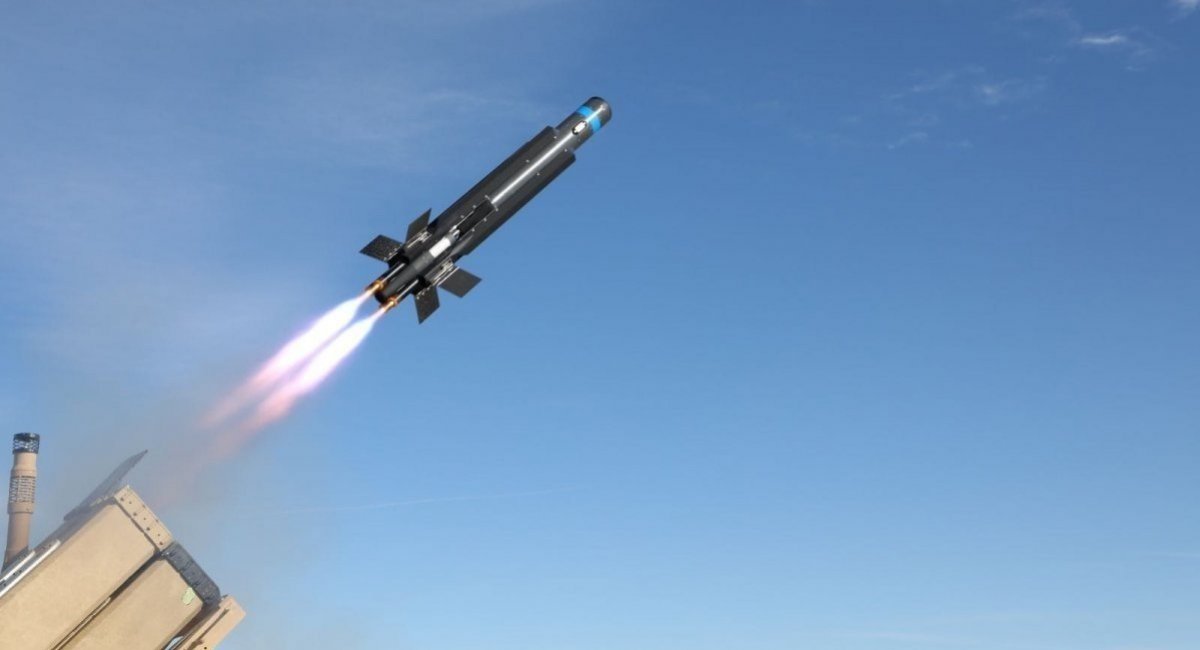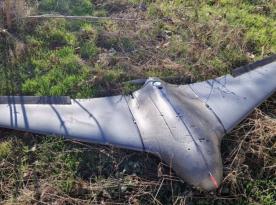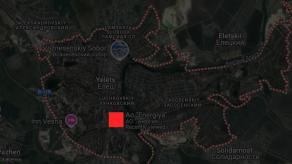Mykhailo Fedorov, Minister of Digital Transformation of Ukraine, announced that a competition has been launched on the Brave 1 platform to create a drone interceptor against reconnaissance drones of the russian army, such as Orlan-10, ZALA, or SuperCam.
It is noted that the key requirements for development are the ability to intercept aerial targets flying at speeds of up to 150 km/h and at altitudes of up to 1500 meters.
Read more: Ukrainian Soldiers Destroyed russian SuperCam and Lancet drones, hit two T-80 tanks, and More in the Avdiivka Direction
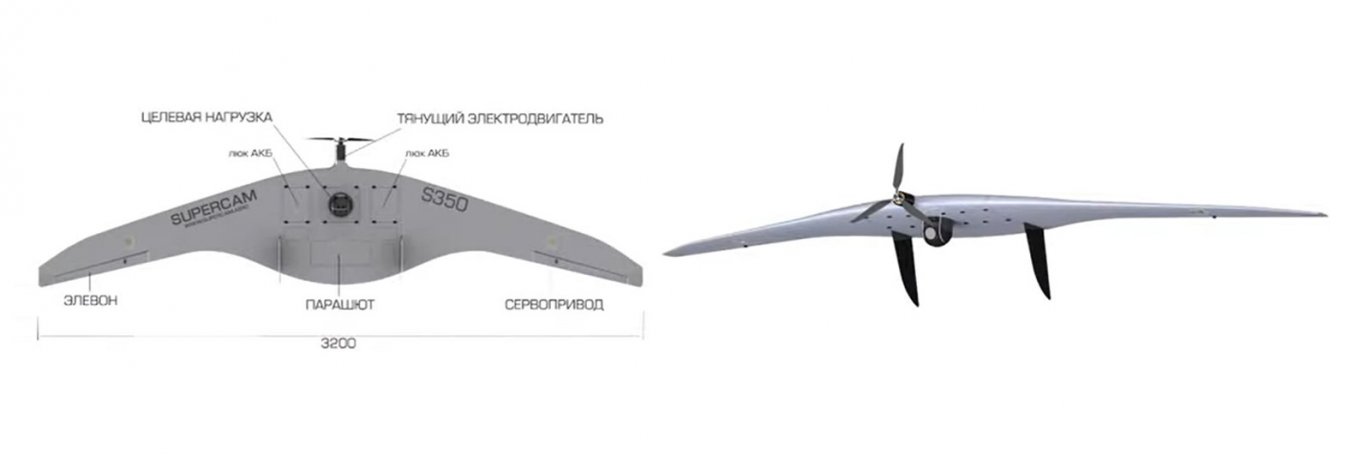
At the same time, the solution should demonstrate how the detection and data transmission system will work from it to the drone interceptor, how the launch of the drone interceptor itself will occur, and the destruction of enemy UAVs.
This concerns a request for the creation of a sufficiently powerful drone interceptor that could function as an analog of an anti-aircraft missile, namely, as a kamikaze drone for air defense.
With the adjustment that this counterpart must be significantly more mass-produced and accessible than any missile for short-range air defense systems, especially considering that the shortage of missiles for short-range air defense systems like Strela-10 and Osa-AKM is acute. For instance, the Vampire systems equipped with APKWS in the Ukrainian Armed Forces are not widely deployed.
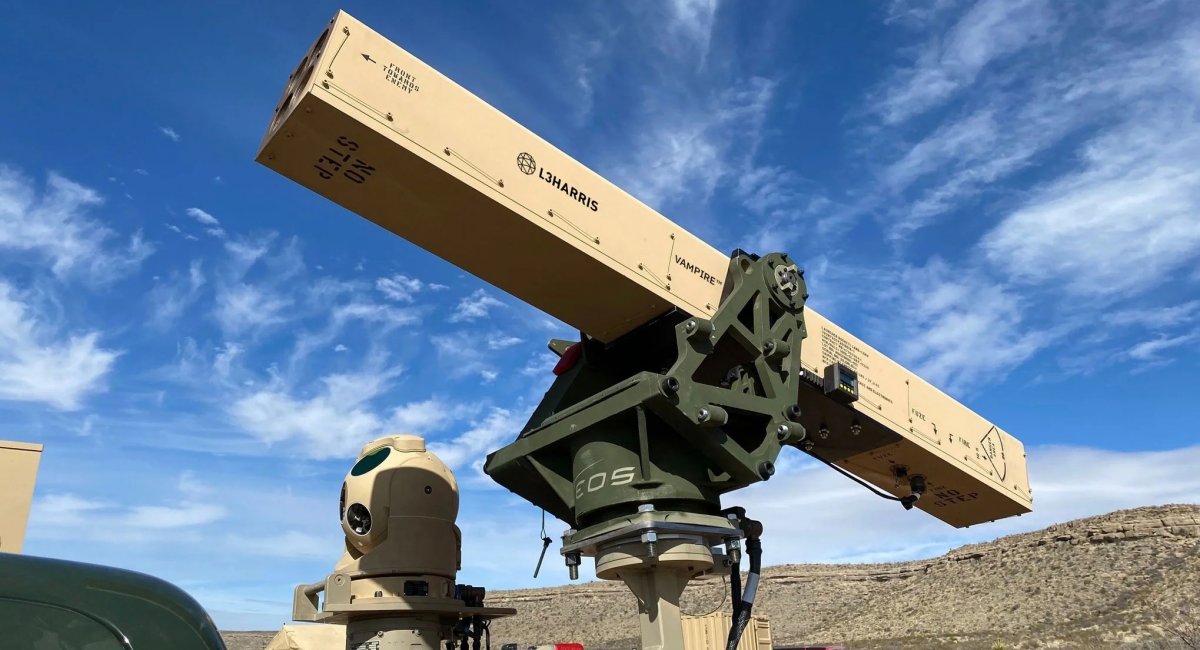
The task of creating a drone interceptor is quite extraordinary. And this is demonstrated, for example, by the fact that there is publicly available information about just two similar projects, only one of which has reached the serial stage.
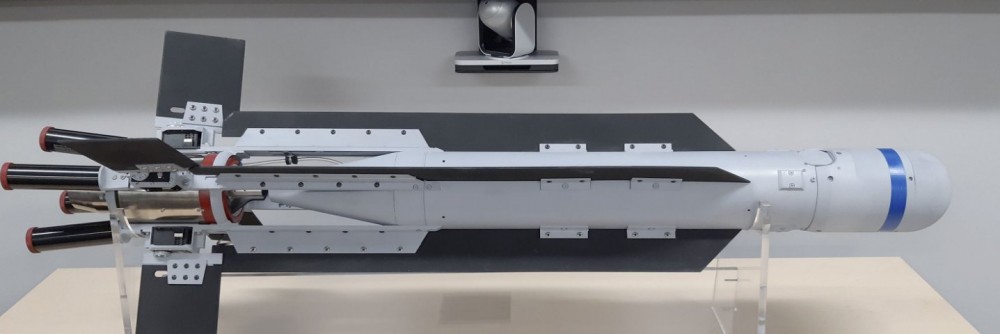
The project that has reached serial implementation is the American Coyote 2C drone interceptor, priced at $125,000 per unit. In February 2024, the US Army placed an order for 600 such interceptors, with the prospect of increasing the order portfolio to several thousand units.
The following details are known about this development:
- Coyote 2C has a jet engine.
- It flies at subsonic speeds.
- It can engage targets at distances of up to 15 kilometers.
- It is designed specifically for intercepting UAVs.
At the same time, it is interesting that to deploy this Coyote 2C, an essentially "improvised SAM system" called FS-LIDS had to be created, which includes the FAAD C2 control system, the multifunctional KuMRFS radar, an electro-optical station for detecting UAVs, and the container launchers themselves.
Such a system was sold for export only to Qatar, and the total value of the sale amounted to a staggering 1 billion dollars.
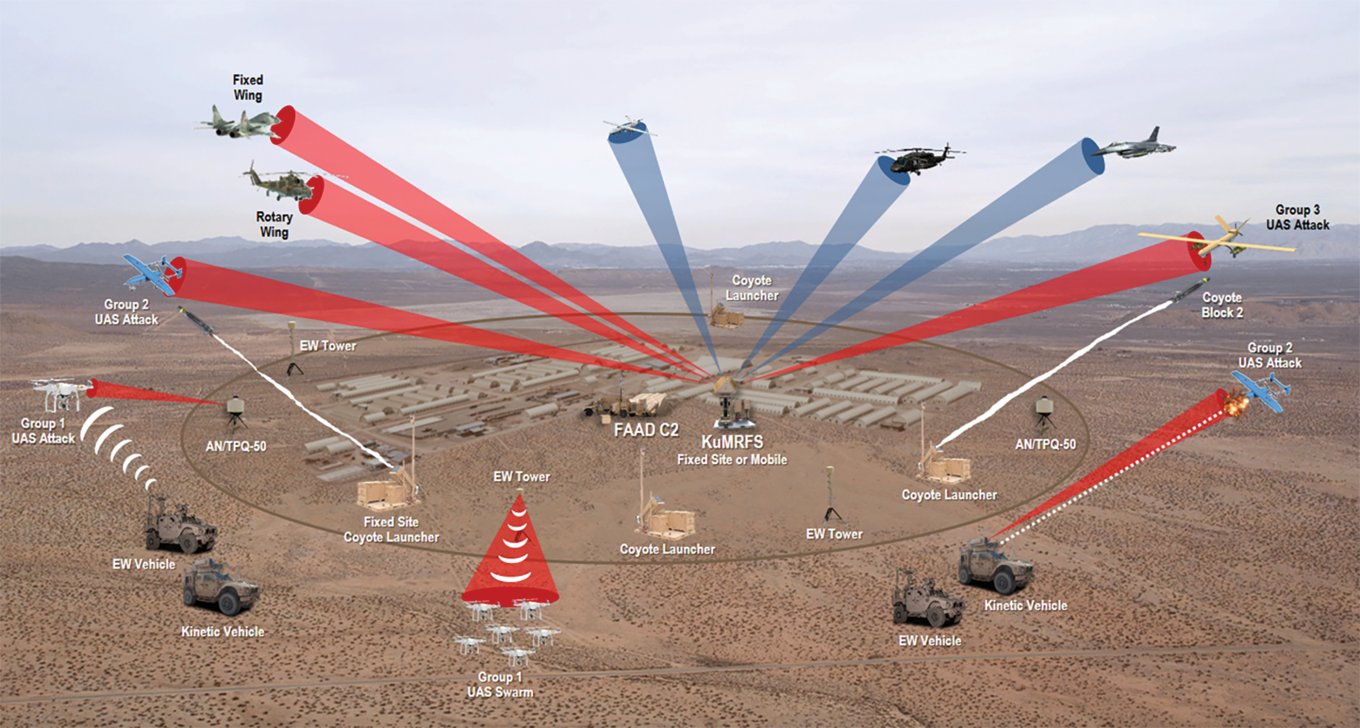
Perhaps the examples provided above will inspire Ukrainian developers in the unmanned technology segment to create a project that will allow for effectively shooting down russian reconnaissance UAVs without using scarce missiles for air defense systems.
Read more: L3Harris Wants to Integrate Vampire Anti-Aircraft System with Naval Drones, That's Exactly What Ukraine Needs




